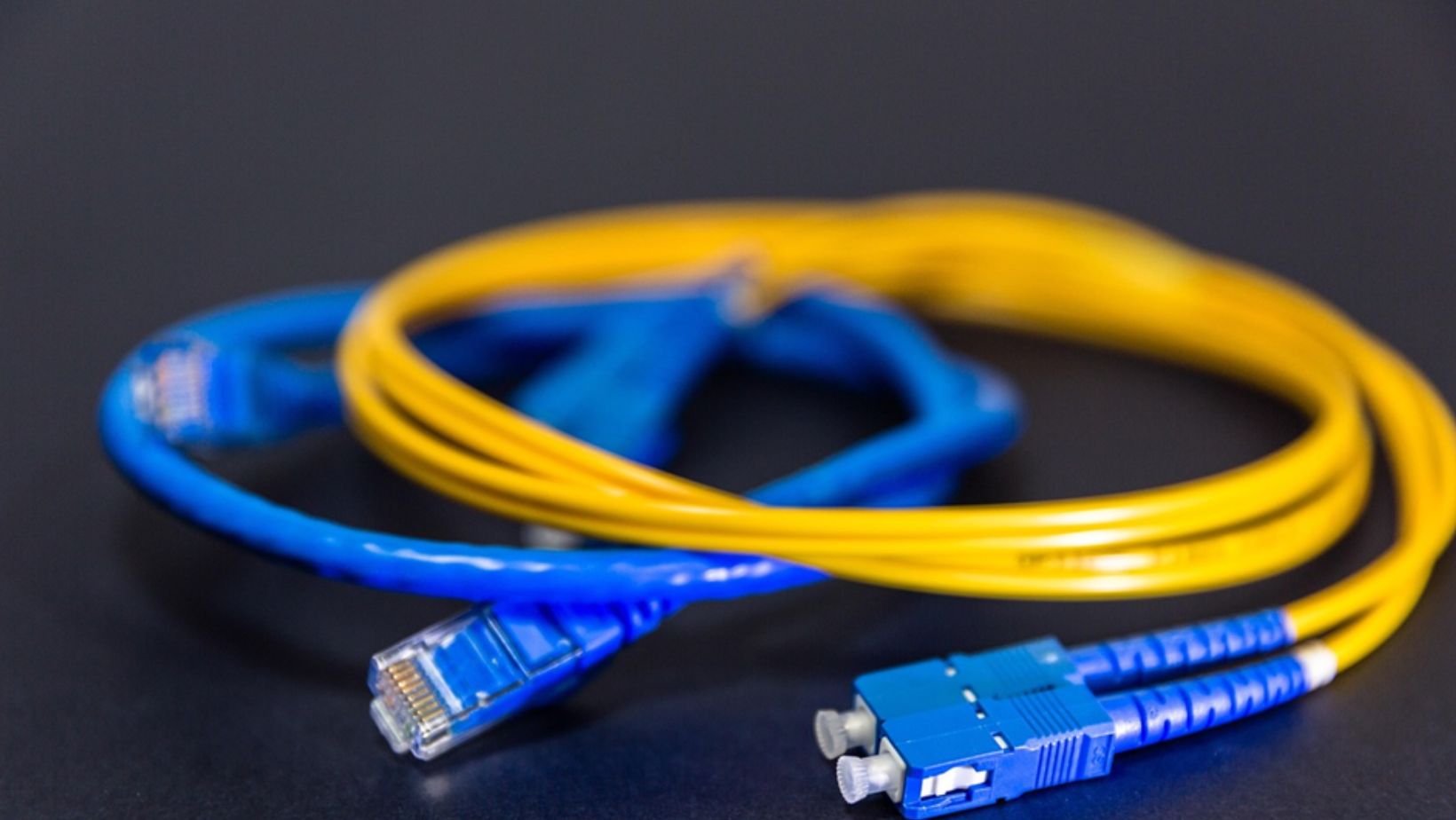Internet speed plays a crucial role in our daily lives, especially as we become more reliant on technology for work, entertainment, and communication. Fast and reliable internet service can make a significant difference in how smoothly activities such as streaming, gaming, or attending virtual meetings occur. Understanding the factors that influence internet speed can help you identify the best options available for your needs, as well as what to expect based on the region you live in.
Basic Concepts of Internet Speed
When we talk about internet speed, we measure it in terms of download and upload speeds. Download speed refers to how quickly data is transferred from the internet to your device, while upload speed indicates how fast data leaves your device and spreads to the web. Internet speed is typically expressed in megabits per second (Mbps).
A higher Mbps usually means better performance; however, what constitutes “good” speed can vary based on usage requirements, the number of concurrent users, and the type of activities performed online. Before subscribing to a particular internet service, it’s critical to consider your specific needs.
Streaming HD movies, for instance, might require a download speed of at least 5 Mbps, whereas 4K streaming can demand 25 Mbps or more. Additionally, online gaming can thrive with minimal latency and relatively low download speeds, with many gamers satisfied with rates around 3 Mbps for smooth experiences.
Factors Influencing Internet Speed
Numerous variables affect internet speed, which can vary considerably depending on the location. The type of internet connection you choose, whether it’s fiber, cable, DSL, or satellite, plays a significant role in how fast your connection can potentially be. Fiber connections are generally the fastest, often exceeding 1,000 Mbps, while DSL connections can offer speeds between 1 to 100 Mbps, depending largely on how far you are from the service provider’s facilities. Available infrastructure within a region also determines the level of service you can expect.

Urban areas typically enjoy better options and infrastructure, essentially providing residents with quicker speeds compared to rural locations, which might have limited accessibility to high-speed options. Looking up Ansonia’s average download and upload speeds, or the averages in Derby or anywhere else, we can see that these figures can vary widely based on the service providers available and the type of internet technology offered. Temporary factors like weather conditions and peak usage times, when more people engage with online services, can hinder performance as well.
Measuring Your Internet Speed
To understand the actual speed of your connection, you can run a speed test using reliable websites or mobile applications. The primary metrics you should observe include download speed, upload speed, and ping (latency). Ping measures the time it takes for your device to send a request to a server and receive a response.
Ideally, lower ping values reflect faster response times. Regularly checking your internet speed helps in identifying patterns. If you notice considerable discrepancies between your actual speeds and what your service provider advertises, it may warrant a conversation with your ISP regarding potential issues or limitations…
Choosing the Right Internet Plan
When selecting an internet plan, reviewing your needs will assist in making an informed decision. Consider the number of devices that will consume the bandwidth simultaneously and the type of online activities you will primarily engage in.
If multiple household members engage in activities like video conferencing, streaming, or gaming at the same time, you should opt for a more robust plan that can accommodate everyone’s needs. Look into various internet service providers (ISPs) to assess their offerings and services. Comparison tools can help streamline the selection process by providing side-by-side comparisons of plans available in your area, which can save time and effort.
Understanding Throttling and Data Caps
Some ISPs engage in “throttling”, a practice that intentionally slows down your internet speed during peak usage periods or when high data thresholds are reached. They may impose data caps, limiting the total amount of data you can consume in a month. This practice is less common with fiber internet services, which typically offer more generous plans without stringent data limitations.

Understanding your ISP’s policies regarding data caps and throttling can help manage expectations and optimize your internet experience. If you find that you consistently hit data limits, exploring unlimited plans may prove more efficient in the long run.
Maintaining Optimal Internet Speed
Maintaining high internet speeds at home requires attention to various factors. First, position your router in a central location within your residence to optimize coverage. The layout and materials of your home can limit signal strength, so ensure no barriers impede access.
Keeping your router firmware updated can also enhance performance and security. Regular analysis of connected devices might reveal bandwidth hoggers, allowing you to tailor usage or disconnect devices that do not need access. For users who require extensive data transfer, investing in a mesh network setup could enhance speeds throughout your home, particularly in larger spaces.
Internet speed is a multifaceted topic that encompasses various factors, from technology type to individual usage patterns. Navigating this landscape can empower you to make better choices tailored to specific needs. Taking the time to evaluate options thoroughly will save you both time and frustration down the line.


